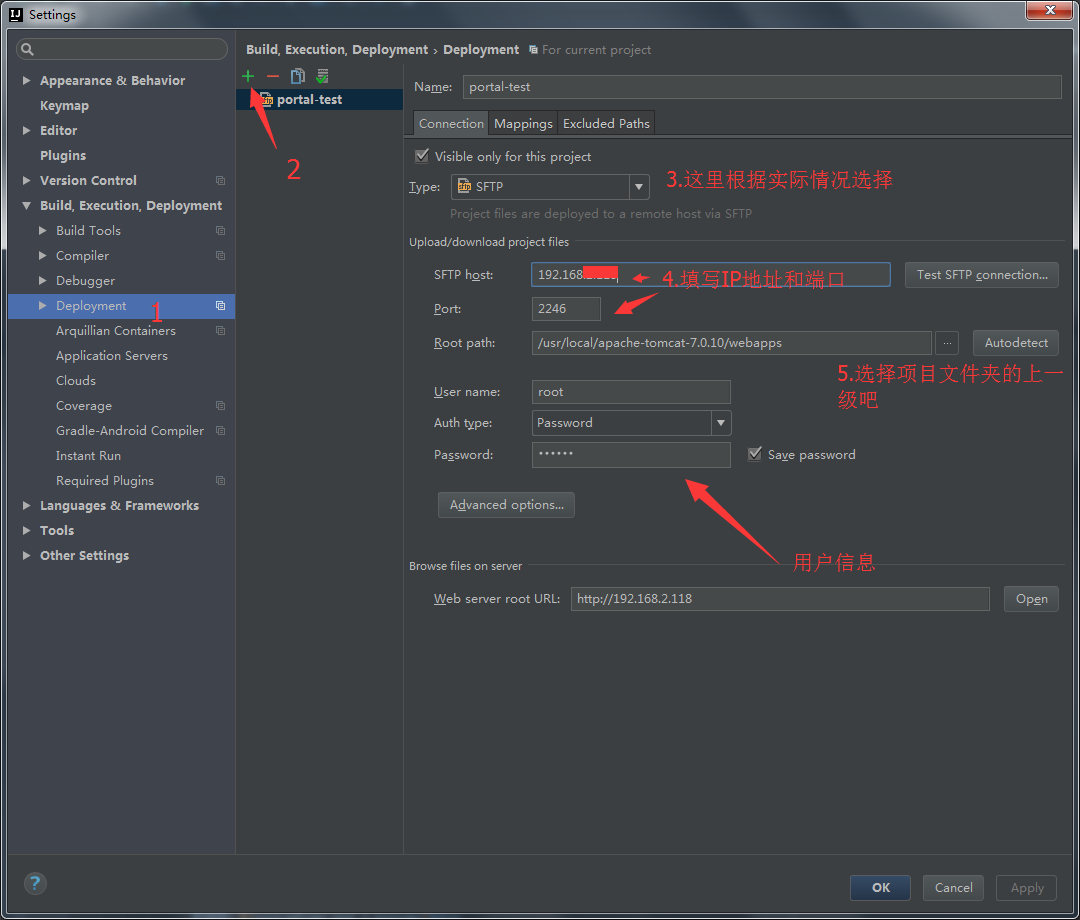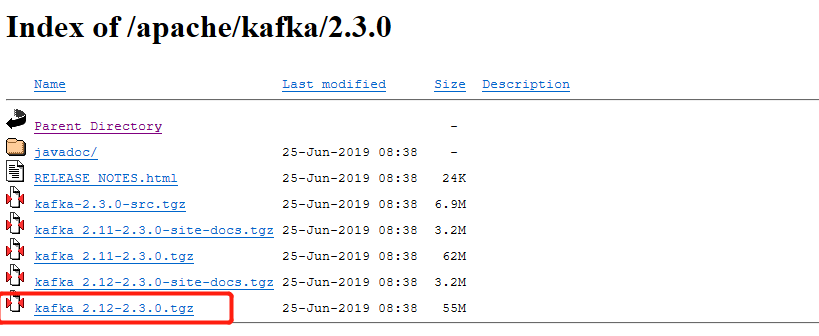Java并发 - Queue
队列的特点是先进先出,栈的特点是后进先出。Queue继承Collection接口,Stack继承Vector容器类,最顶层接口也是Collection。在Java中容器分为Collection和Map两大类。 Collection家族中除了常见的List、Set,现在又新增一个Queue、Stack。
public interface Queue<E> extends Collection<E> { }
BlockingQueue 的四组API
| 方式 | 抛出异常 | 不抛异常,有返回值 | 阻塞等待 | 超时等待 |
|---|---|---|---|---|
| 入队列 | add | offer | put | offer(Element,Time,TimeUnit) |
| 出队列 | remove | poll | take | poll(,) |
| 返回头部元素 | element | peek | - | - |
BlockingQueue主要有两个实现:ArrayBlockingQueue、LinkedBlockingQueue。
BlockingQueue的其中一组核心方法(只介绍其中一组,其它三组类似):
| 方法名 | 描述 |
|---|---|
| offer(anObject) | 表示如果可以的话,将anObject加到BlockingQueue里,放入成功返回true,否则返回false。 |
| offer(E o, long timeout, TimeUnit unit) | 可以设定等待的时间,如果在指定的时间内,还不能往队列中加入BlockingQueue,则返回失败。 |
| put(anObject) | 把anObject加到BlockingQueue里,如果BlockQueue没有空间,则调用此方法的线程被阻断直到BlockingQueue里面有空间再继续。 |
| poll(time) | 取走BlockingQueue里排在首位的对象,若不能立即取出,则可以等time参数规定的时间,取不到时返回null。 |
| poll(long timeout, TimeUnit unit) | 从BlockingQueue取出一个队首的对象,如果在指定时间内,队列一旦有数据可取,则立即返回队列中的数据。否则直到时间超时还没有数据可取,返回失败。 |
| take() | 取走BlockingQueue里排在首位的对象,若BlockingQueue为空,阻断进入等待状态直到BlockingQueue有新的数据被加入;。 |
| drainTo() | 一次性从BlockingQueue获取所有可用的数据对象(还可以指定获取数据的个数),通过该方法,可以提升获取数据效率;不需要多次分批加锁或释放锁。 |
在ArrayBlockingQueue中对poll(long timeout, TimeUnit unit) 方法的具体实现:
public E poll(long timeout, TimeUnit unit) throws InterruptedException {// 底层统一是以纳秒作为时间的计算单位的long nanos = unit.toNanos(timeout);final ReentrantLock lock = this.lock;lock.lockInterruptibly();try {// 轮询获取元素出队列while (count == 0) {if (nanos <= 0)return null;nanos = notEmpty.awaitNanos(nanos);}return dequeue();} finally {lock.unlock();}}
应用示例
BlockingQueue<String> queue = new ArrayBlockingQueue<>(3);// 同步队列不存储元素:一个元素进出完成后,下一个元素才能进出。BlockingQueue<String> syncQueue = new SynchronousQueue<>();/** * 抛异常: * add()、remove()、element() */public void test1() {// ============== add ============= //queue.add("1");queue.add("2");queue.add("3");// 再进一个元素则报错queue.add("4");// ============== element ============= //// 检查队首元素(该操作不会出队列)System.out.println(queue.element());// ============== remove ============= //System.out.println(queue.remove());System.out.println(queue.remove());System.out.println(queue.remove());// 再取一个System.out.println(queue.remove());}/** * 不抛异常,有返回值 * offer()、poll()、peek() */public void test2() {// ============== offer ============= //queue.offer("1");queue.offer("2");queue.offer("3");// 再添加一个System.out.println(queue.offer("4"));// ============== poll ============= //// 检查队首元素(该操作不会出队列)System.out.println(queue.peek());// ============== peek ============= //queue.poll();queue.poll();queue.poll();System.out.println(queue.size());// 再取一个System.out.println(queue.poll());}/** * 阻塞等待 * put、take */public void test3() throws InterruptedException {// ============== put ============= //queue.put("1");queue.put("2");queue.put("3");// 再添加一个,阻塞queue.put("4");// ============== take ============= //queue.take();queue.take();queue.take();System.out.println(queue.size());// 再取一个,阻塞queue.take();}/** * 超时等待 * offer、poll */public void test4() throws InterruptedException {queue.offer("1");queue.offer("2");queue.offer("3");// 2s后入队列失败System.out.println(queue.offer("4", 2, TimeUnit.SECONDS));queue.poll();queue.poll();queue.poll();System.out.println(queue.size());// 2s后出队列失败System.out.println(queue.poll(2, TimeUnit.SECONDS));}
SynchronousQueue
同步队列,不存储元素,一个元素进出完成后,下一个元素才能进出。
/** * 同步队列 * 创建两个线程:线程一存取三个元素,线程二读取三个元素 */public void test5() {new Thread(() -> {try {System.out.println(Thread.currentThread().getName() + " put 1");syncQueue.put("1");System.out.println(Thread.currentThread().getName() + " put 2");syncQueue.put("2");System.out.println(Thread.currentThread().getName() + " put 3");syncQueue.put("3");} catch (InterruptedException e) {e.printStackTrace();}}, "A").start();new Thread(() -> {try {// 等待两秒再取,确保线程1入队列成功TimeUnit.SECONDS.sleep(2);System.out.println(Thread.currentThread().getName() + "=>" + syncQueue.take());TimeUnit.SECONDS.sleep(2);System.out.println(Thread.currentThread().getName() + "=>" + syncQueue.take());TimeUnit.SECONDS.sleep(2);System.out.println(Thread.currentThread().getName() + "=>" + syncQueue.take());} catch (InterruptedException e) {e.printStackTrace();}}, "B").start();}
PriorityQueue 优先级队列
PriorityQueue是一个带有优先级的队列,而不是先进先出队列,元素按优先级顺序被移除,该队列也没有上限(即 Integer.MAX_VALUE),无容量限制,自动扩容。
此队列虽然没有容量限制,但是会由于服务器资源耗尽抛OutOfMemoryError异常。
如果队列为空,那么取元素的操作take就会阻塞,所以检索操作take是受阻的。
放入PriorityQueue中的元素需要具有比较能力。
public class PriorityQueueDemo {public static void main(String[] args) {// 设置比对方式PriorityQueue<String> priorityQueue = new PriorityQueue<>(new Comparator<String>() {@Overridepublic int compare(String o1, String o2) {return 0;}});priorityQueue.add("c");priorityQueue.add("a");priorityQueue.add("b");System.out.println(priorityQueue.poll());System.out.println(priorityQueue.poll());System.out.println(priorityQueue.poll());// 定义MessageObject存放的优先级PriorityQueue<MessageObject> MessageObjectQueue = new PriorityQueue<>(new Comparator<MessageObject>() {@Overridepublic int compare(MessageObject o1, MessageObject o2) {// Order比较大的MessageObject放后面return o1.order > o2.order ? -1 : 1;}});}static class MessageObject {String content;int order;}}
下面探寻一下延时队列的实现原理。
public class DelayQueue<E extends Delayed> extends AbstractQueue<E>implements BlockingQueue<E> {// 基于PriorityQueue来实现的延时队列private final PriorityQueue<E> q = new PriorityQueue<E>();...}
DelayQueue的泛型必须实现Delayed接口。
public interface Delayed extends Comparable<Delayed> {/** * Returns the remaining delay associated with this object, in the * given time unit. * 这个元素需要在队列中待多久时间 * @param unit the time unit * @return the remaining delay; zero or negative values indicate * that the delay has already elapsed */long getDelay(TimeUnit unit);}
应用示例
线程池中的定时调度就是使用这样的方法实现的。
public class DelayQueueDemo {public static void main(String[] args) throws InterruptedException {DelayQueue<Message> delayQueue = new DelayQueue<Message>();// 这条消息5秒后发送Message message = new Message("message - 00001", new Date(System.currentTimeMillis() + 5000L));delayQueue.add(message);while (true) {System.out.println(delayQueue.poll());Thread.sleep(1000L);}}// 实现Delayed接口的元素才能存到DelayQueuestatic class Message implements Delayed {String content;Date sendTime;/** * @param content 消息内容 * @param sendTime 定时发送 */public Message(String content, Date sendTime) {this.content = content;this.sendTime = sendTime;}/** * 判断当前这个元素是不是已经到了需要被拿出来的时间 */@Overridepublic long getDelay(TimeUnit unit) {long duration = sendTime.getTime() - System.currentTimeMillis();return TimeUnit.NANOSECONDS.convert(duration, TimeUnit.MILLISECONDS);}@Overridepublic int compareTo(Delayed o) {return o.getDelay(TimeUnit.NANOSECONDS) > this.getDelay(TimeUnit.NANOSECONDS) ? 1 : -1;}}}


































还没有评论,来说两句吧...